What is the tolerance range of precision screws?
What is the tolerance range of precision screws?
Service Hotline
+86760-8787 8587We have more than ten years of experience in screw industry production, the main products are: German standard anchor bolts, cap/cap nuts, toothed anti-skid bolts, nameplate rivets, butterfly washers, mushroom dome head screws, blue and white zinc plated nuts , Positioning spring pin, accessories solid wood connection through embedded nut, national standard color metal bolt, link buckle carabiner chain buckle, double hand screw nut, flat head bolt, GB923 cap nut, hand percussion percussion type aluminum rivet Other fasteners, due to the different materials and specifications of the products, the prices are also different, please contact us if necessary.


The hexagonal flange surface nut mainly includes a nut body, a flange surface is fixed at one end of the nut body, and a cap is fixed at the other end of the nut body. Has good sealing and corrosion resistance. The hexagonal flange surface nut mainly includes a nut body, a flange surface is fixed at one end of the nut body, and a cap is fixed at the other end of the nut body; since the cap is set on the nut body, it has the Better sealing can effectively prevent rain, moisture, dust and other harmful substances from immersing in the nut body, prevent the nut body from rusting, and greatly extend the service life of the hexagonal flange nut.
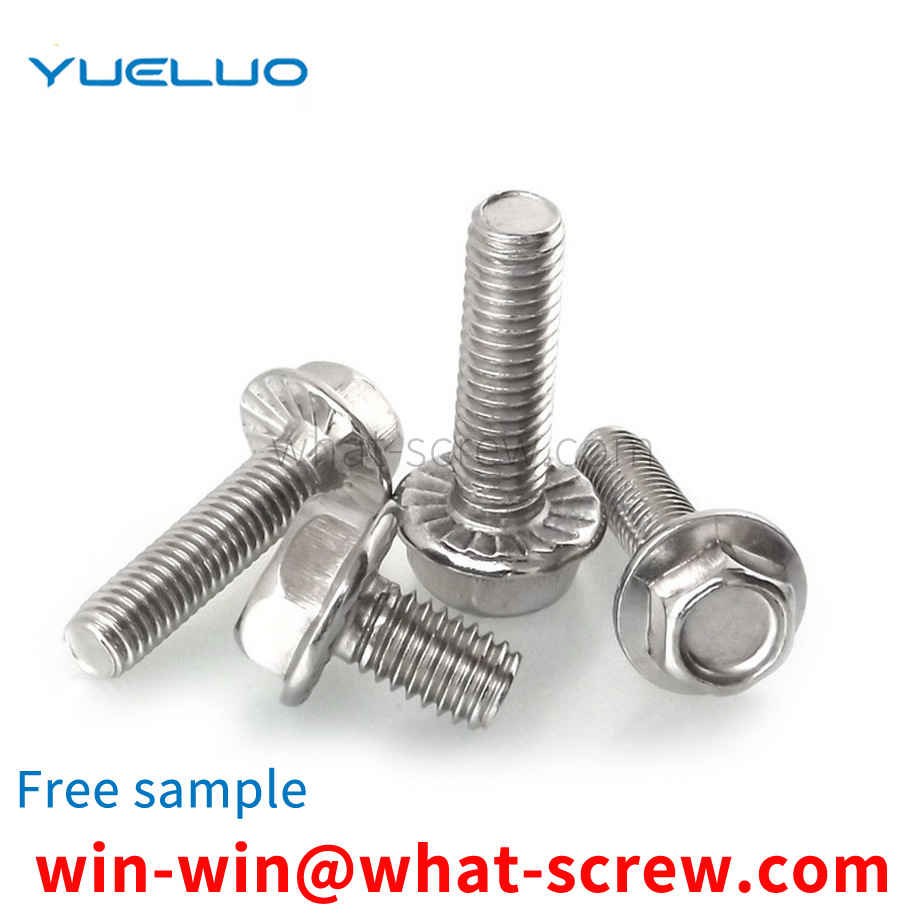
Pull rivets, * marked as blind rivets, are based on the principle of Hooke's law. After the two joints are clamped with special equipment for pull rivets, the metal of the ring-shaped collar is squeezed and filled to the point where there are many rivets. In the groove of the bolt column of the annular groove, a fastening method that tightly combines the collar and the bolt column. A riveting machine is a mechanical device that uses rivets to riveted items together in batches. The riveting machine is mainly assembled by rotation and pressure. The riveting machine is mainly used in the occasions where rivet riveting is required. The common specifications and models include pneumatic, hydraulic and electric, single-head and double-head.
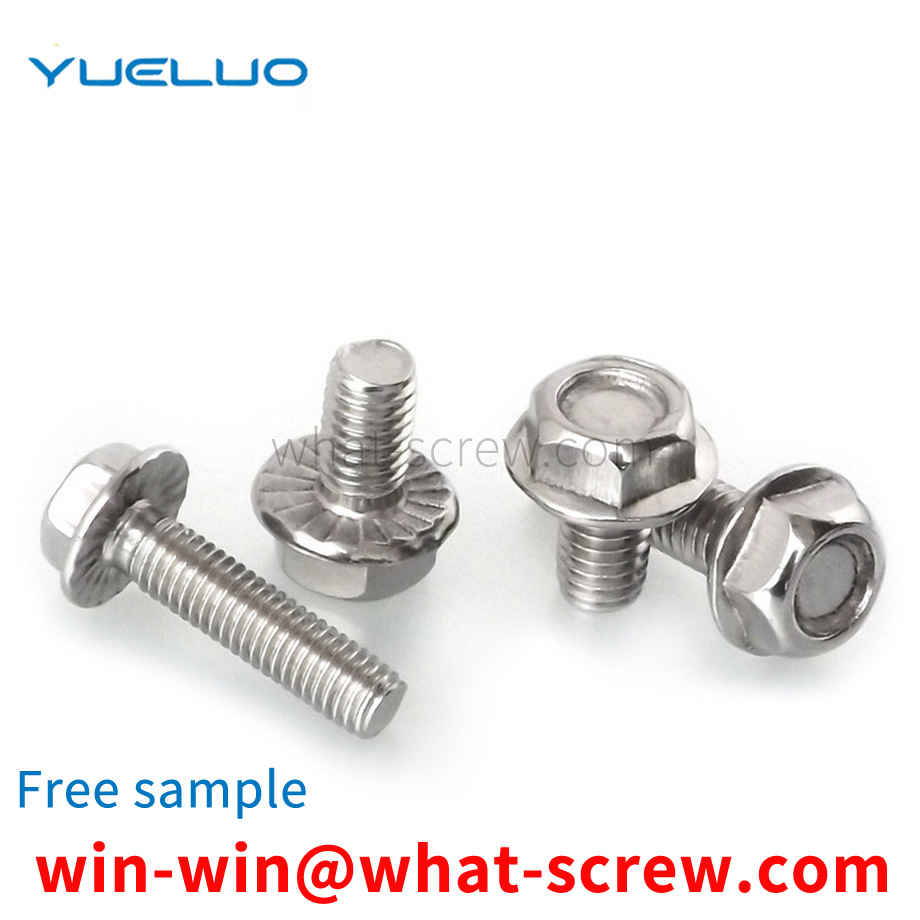
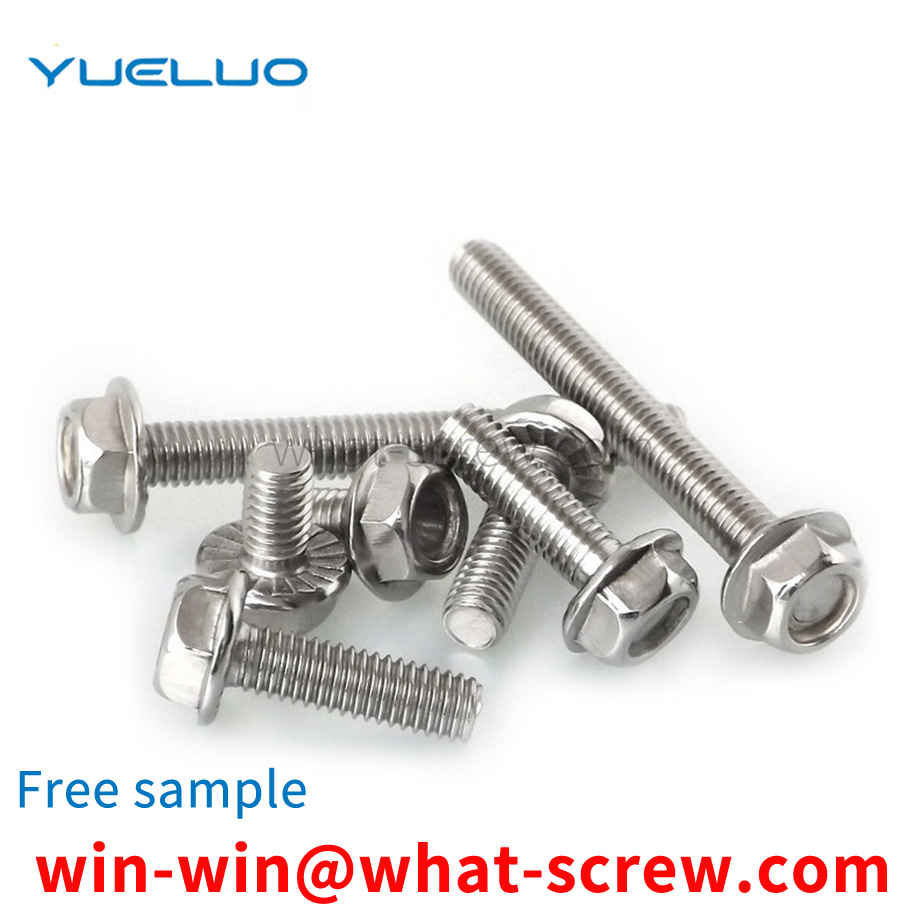
The Greek mathematician Arkutas once described the principle of screw, screw, screw. In the first century AD, the Mediterranean world had begun to use wood screws, screws, and screws in screw presses that could press olive oil from olives, or make wine from grapes. Before the fifteenth century, metal screws, screws, screws were rarely used as fasteners in Europe. Rybczynski (Rybczynski) proves that hand-held screwdrivers and screwdrivers existed in the Middle Ages (at the latest AD 1580), but it was not until the eighteenth century that threaded fasteners were commercialized and began to be widely used. . Before threaded fasteners were widely used, there were many different ways of tightening. Mostly related to woodworking and forging, and less to machining, concepts such as dowels and pins, wedges, tenon and tenon, dovetails, nails, forge welding, and others are tied with leather or fiber and tied together. Before the mid-nineteenth century, ships were built with cotter pins, pin bolts, or rivets. There were also adhesives, but not as many as they are here today. Metal screws, screws, and screws became commonly used fasteners after the use of machine tools in the 18th century to mass-produce screws, screws, and screws. This technology developed around the 1760s and 1770s, along two separate processes. Approaches, but quickly converged: wood screws, screws, screws (metal screws for wood fixing, screws, screws) are machined with single-purpose, high-yield machines, and low-volume, mold shop style production V-Thread Machine Screws, Screws, Screws, can choose from a variety of different pitches.
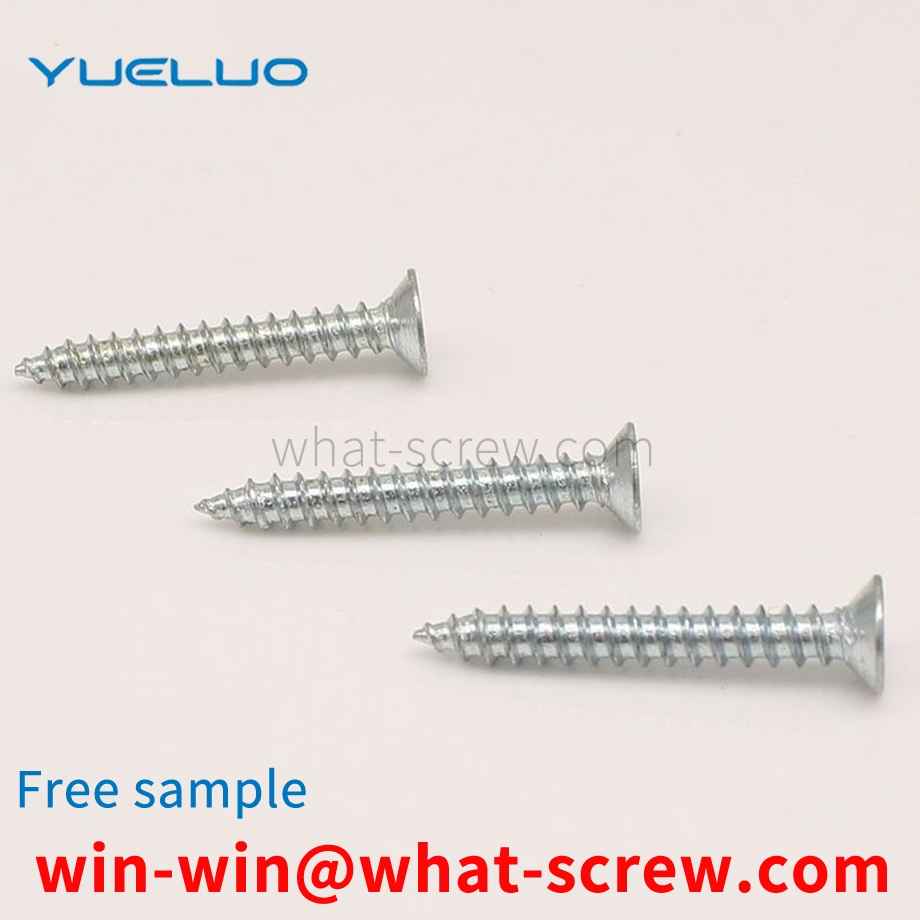
concealed screw fastener includes a washer, a screw and a shield, one end of the screw is provided with an end cap, the screw penetrates the washer and the end cap is supported on the washer, and the shield covers the end of the screw The cap is peripheral and connected to the gasket. When in use, firstly pass the screw through the washer and then drive it into the screw hole of the connected piece, and then cover the shield on the outer circumference of the end cap of the screw and connect it with the washer.
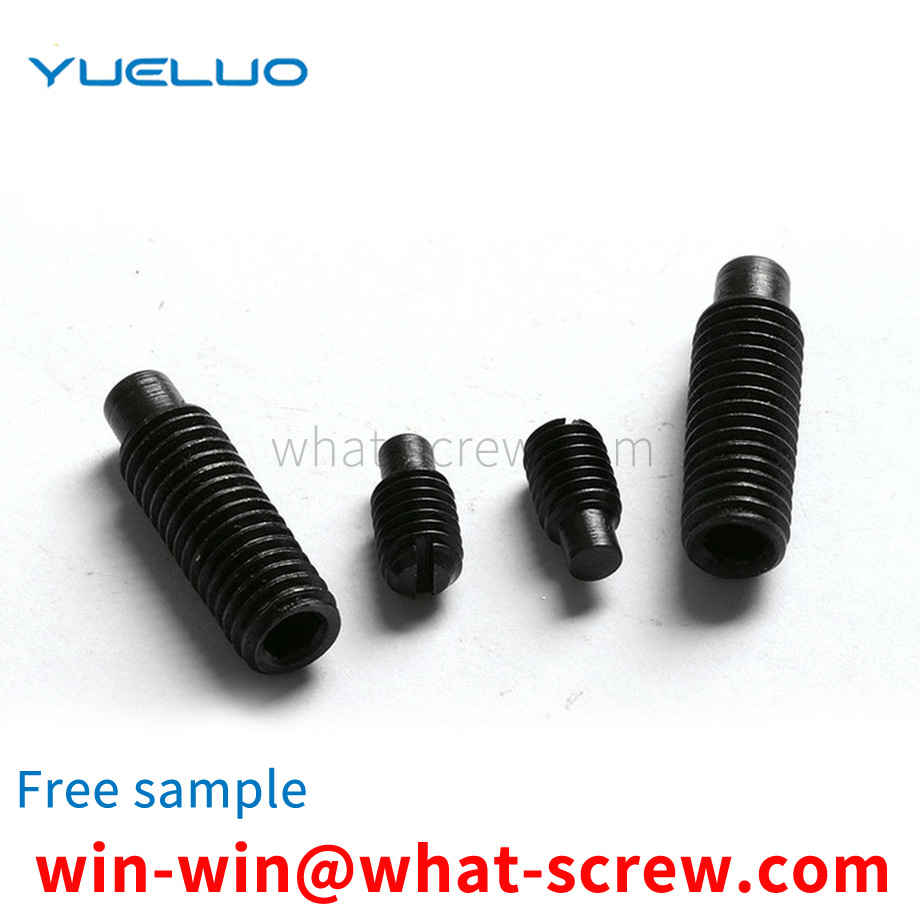
The above content is uploaded by Yueluo or the Internet. If there is any copyright issue, please contact [email protected].

What is the tolerance range of precision screws?

How to choose the right stainless steel screw manufacturer?

Why is there an R angle under the head of the hexagon head s...
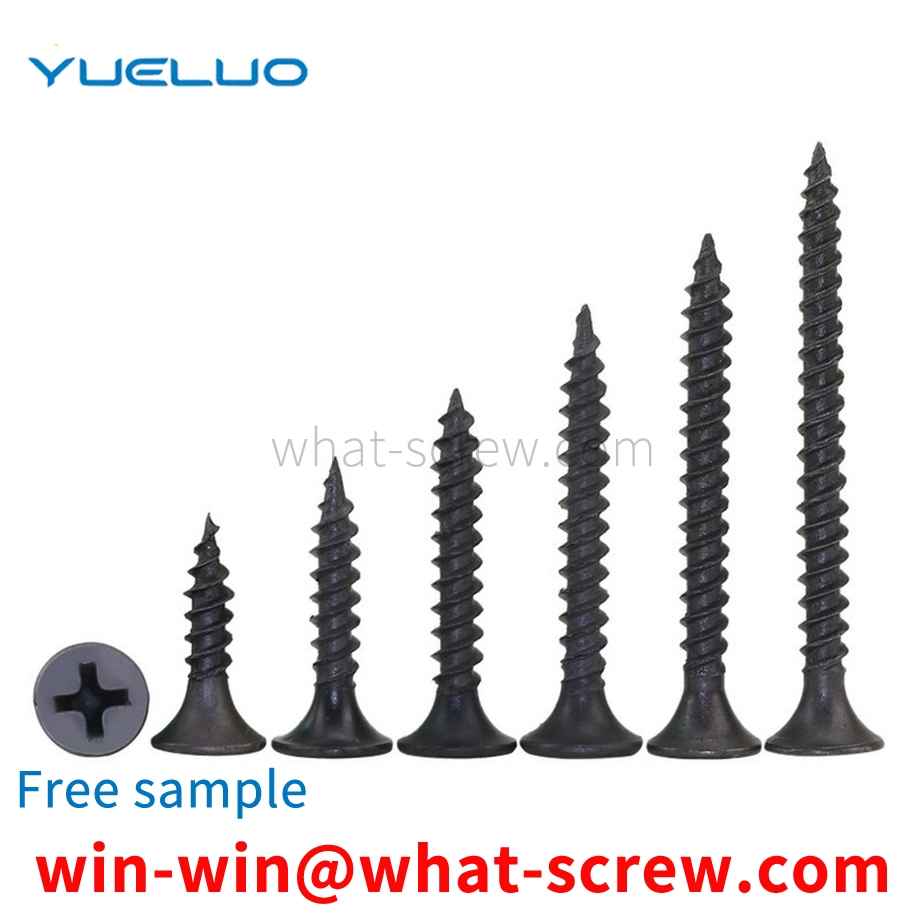
We have more than ten years of production experience in the ...
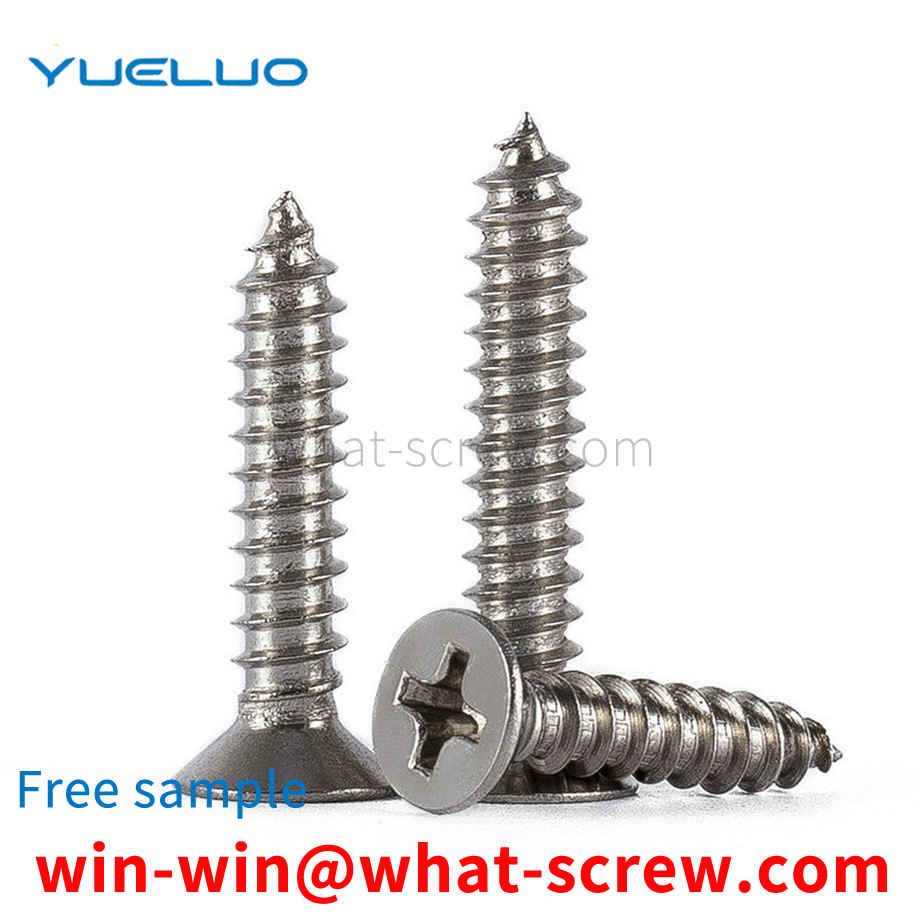
We have more than ten years of production experience in the ...

We have more than ten years of experience in screw industry ...

We have more than ten years of experience in screw industry ...